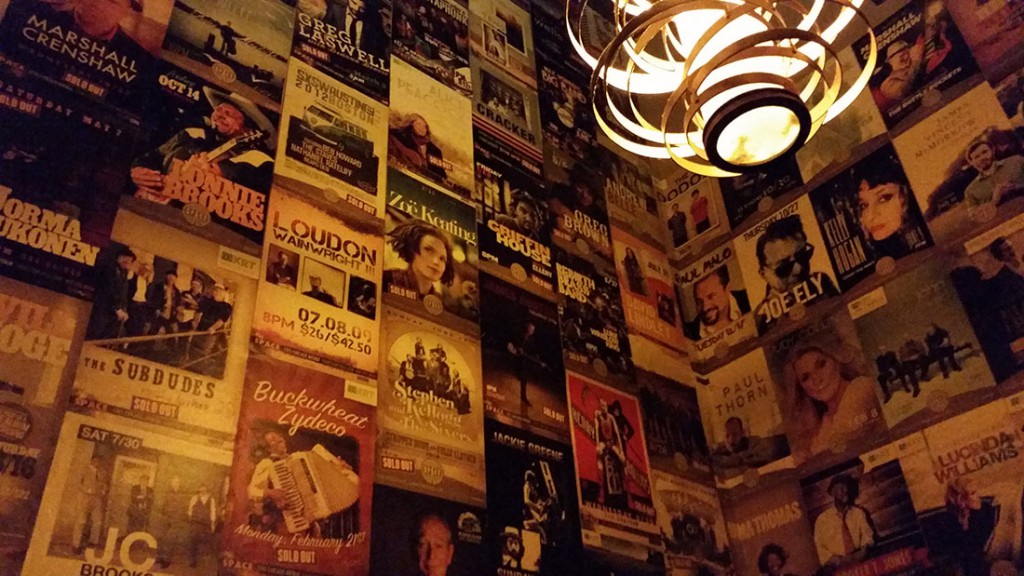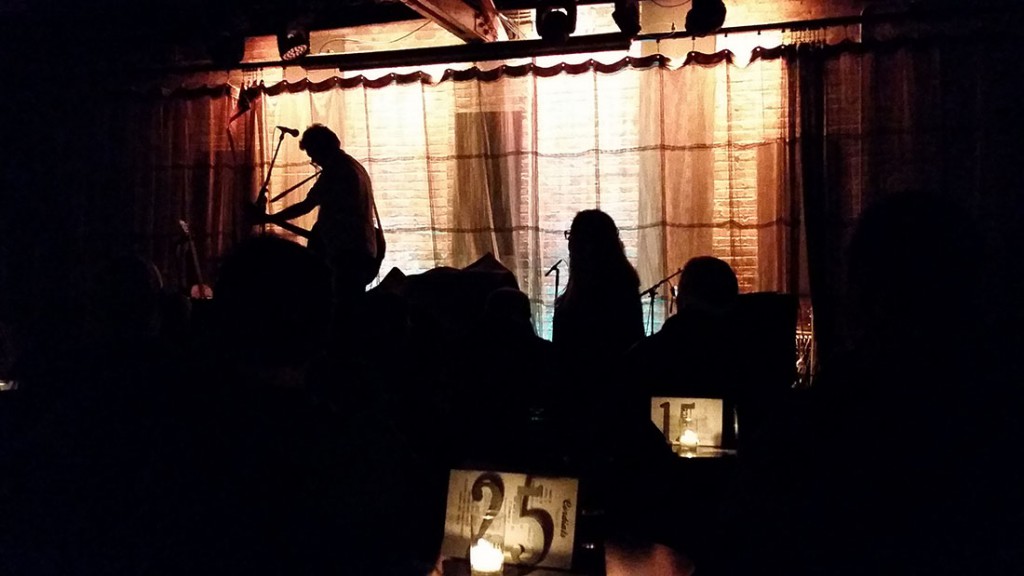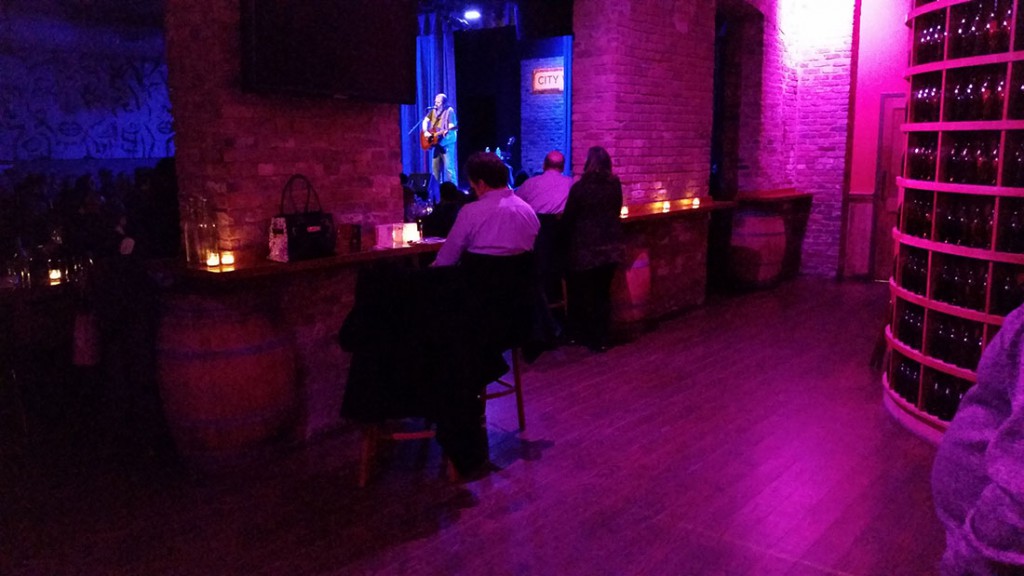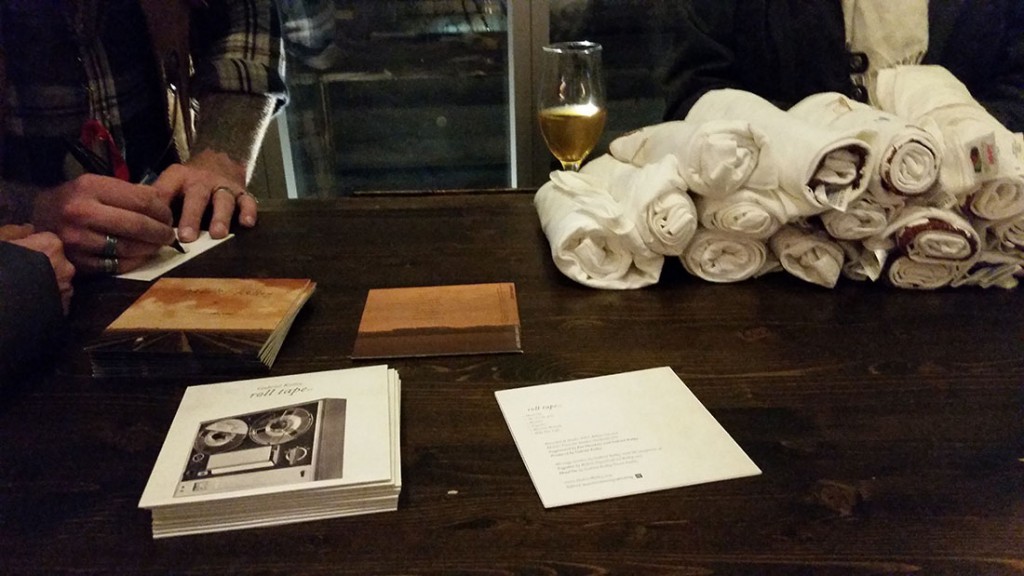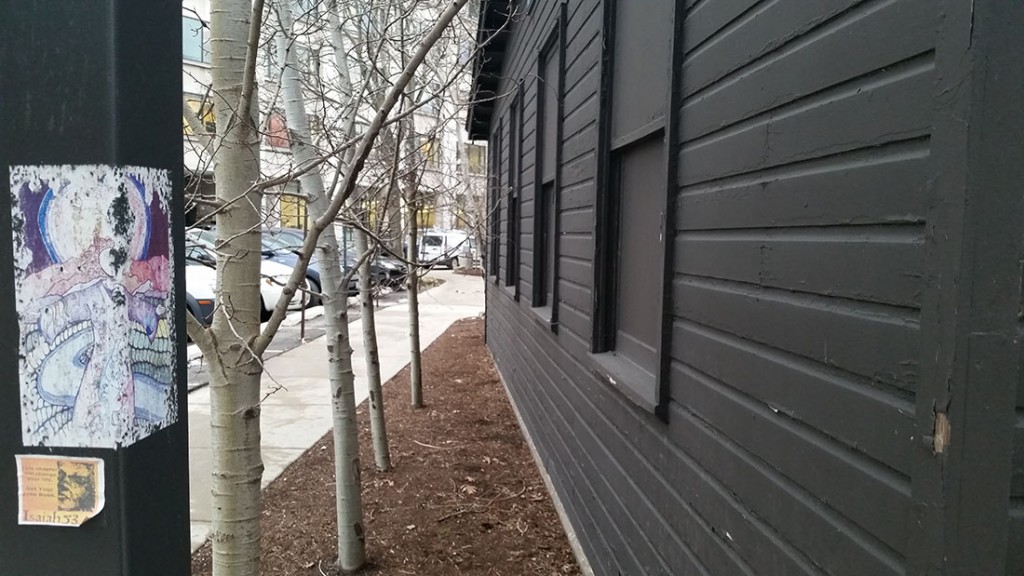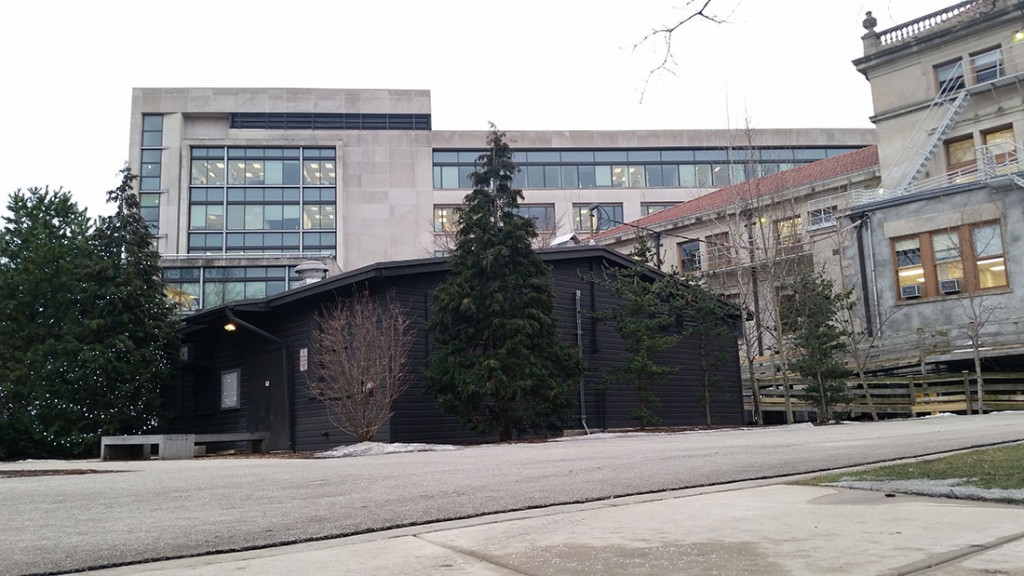By Josef Siebert
Arguably the most famous counterculture venue in 1970s Chicago, Amazingrace was founded as neither a venue nor in Chicago. It started with Northwestern University students occupying part of a kitchen on the university’s Evanston campus to provide food to Vietnam War protesters. Eventually it morphed into a coffeehouse, a collective and finally a music business venture in a building called The Main at Main Street and Chicago Avenue in South Evanston.
Its final location, Amazingrace at The Main, was know for its state-of-the-art sound system, cheap admission and excellent artists. The venue could accommodate 400, tickets were sold at the door for a few dollars, and the audience often sat on the floor. Named for the sacred folk song “Amazing Grace,” the venue usually closed its shows with a crowd singalong of the classic, plaintive tune. Musical acts included the Grateful Dead, Emmylou Harris, Randy Newman and Ry Cooder, popular artists who went on to greatness. Throughout its many incarnations, the venue provided a laid-back style of listening and access to big names in folk, blues and jazz.
Music at The Main died in 1978, and music fans rarely choose to sit on the floor these days. But the spirit of Amazingrace lives on in two area venues where you can pull up a chair, chat with your neighbor and listen to nationally known Americana acts performing a few feet away. Evanston SPACE (the Society for the Preservation of Art and Culture in Evanston) operates at 1245 Chicago Avenue, less than a mile from where The Main once stood. SPACE hosted an event for Amazingrace alumni in 2011 as part of a 40th reunion that spanned Chicago, Evanston and the Northwestern campus. According to general manager Davis Inman, their format was influenced by Amazingrace.
[field name=”googlemap”]
“The idea was for a listening room,” he said. “We will pull out the tables and chairs for dancing if the show lends to it.”
SPACE opened in 2008 and can hold approximately 200 people seated or up to 300 standing. In addition to a live stage, there is an on-site recording studio for professional recording sessions. All of the live shows are recorded and archived, and live cuts can be heard on the monthly SPACE podcast or at http://evanstonspace.com/radio. Popular acts have included Alabama Shakes, Lucinda Williams and The Lumineers.
A recent show featured Mississippi folk rocker Steve Forbert, 61, holding court in the dark, candlelit room filled with a middle-aged crowd sipping wine at small tables. The intimate setting fostered easy banter between the audience of about 150 and the singer.
“You should just move here, Steve,” said one crowd member. “I’ll be back in a few months,” Forbert replied.
“Play my song, Steve!” implored another. “Is that you, Laura?” Forbert asked, plucking the first few notes of a song teasingly. “Nah!” said Forbert, and grinning rakishly, launched into a different ballad.
SPACE sells most of its tickets in advance. Reserved seats at tables go first, and many of the shows sell out, according to Inman. Patrons have access to a full bar with table service during shows, and food is available before or after shows at Union Pizzeria, a bustling, casually chic restaurant housed under the same roof.
City Winery, 1200 W Randolph St., offers a similarly intimate atmosphere in Chicago’s West Loop, except that food is available with table service during the shows. Tickets are also mostly sold in advance for the space that can hold up to 300. When demand is high, City Winery arranges multiple shows as a sort of mini-residency. The focus is Americana and folk, according to General Manager Nathan Holgate.
City Winery’s flagship venue opened in New York in 2008, and the Chicago location has been open since 2012. Other locations include Napa and Nashville, and each offers different experiences; for example, they don’t all serve food. The common theme is an on-site, City Winery-brand operating winery, a true novelty in Chicago, paired with a concert hall. In Chicago, the concert hall is kept busy. The March calendar has events or shows scheduled every day, with wine events and a movie showing interspersed with musical acts.
David Levinson, 57, of Rogers Park attended his first City Winery show in early January to see country-rock legend Steve Earle. “I was cramped at first,” said Levinson, “then the guy next to me left. I’d come back for sure, but I’d pick my seats differently.”
Levinson was seated at the rear of the main floor, at one of the long tables that radiate from the low wall of a raised VIP section. The tables are lined like spokes stretching from the stage. The audience has long sight lines that cross over candles, cheese and Cabernet wine on a slight incline to the stage where the artists perform, a dinner roll’s toss away.
“It’s like playing in a living room,” said Gabriel Kelley, a folk singer from Nashville who opened for Earle to a capacity crowd.
At one point, between the crowd singing along to Van Morrison’s classic “Into the Mystic” and Steve Earle talking about peace in Israel, it was easy to imagine everyone sitting on the floor.


